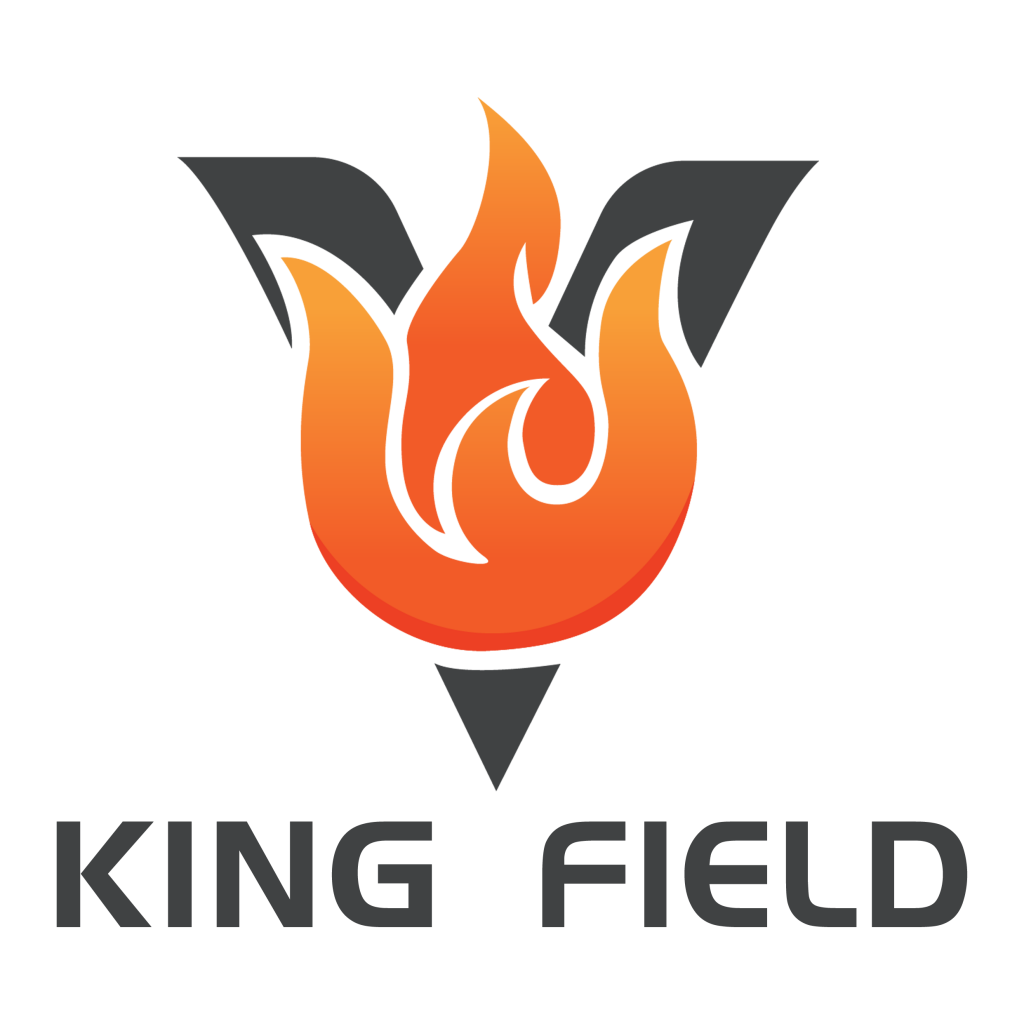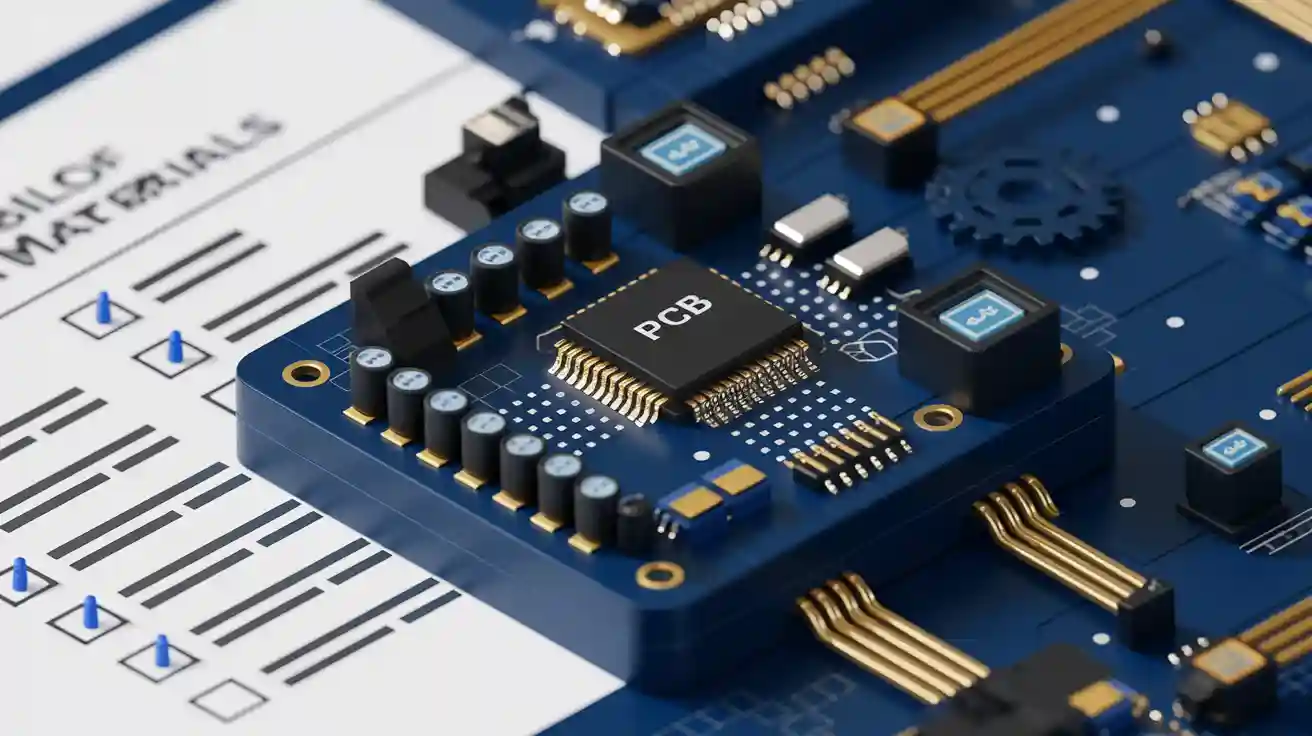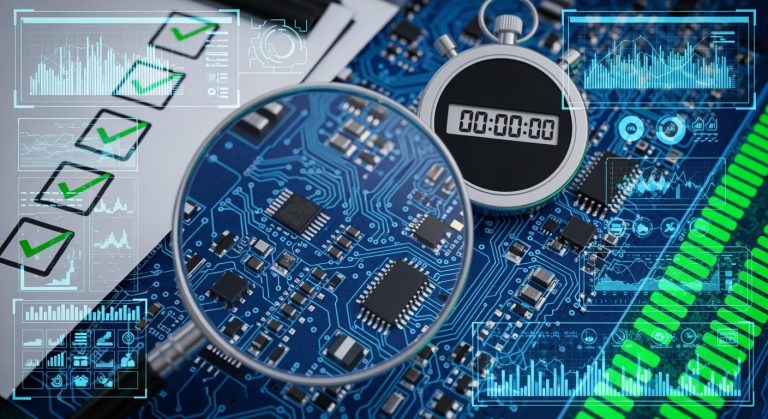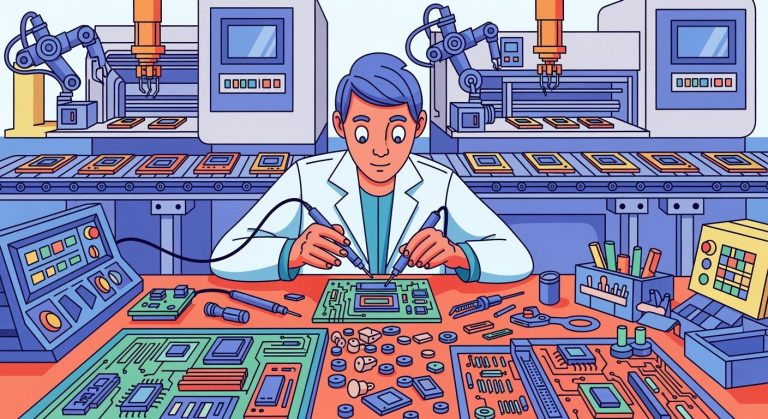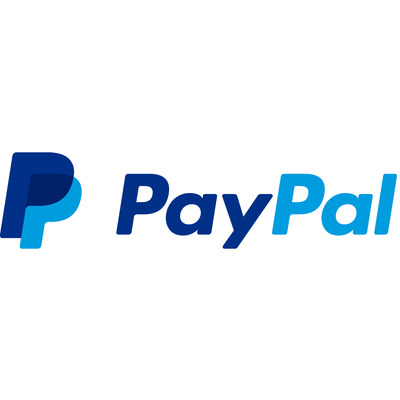Why a PCB Bill of Materials is Crucial for Manufacturing Success
A PCB bill of materials is key for good manufacturing of PCB components. It lists all parts needed to make a circuit board, ensuring nothing is forgotten. This also makes managing costs easier and reduces mistakes. For example, North American PCB shipments grew by 8.7% this year, showing recovery and the value of good planning. A book-to-bill ratio of 1.24 indicates high demand for PCB components, proving how important clear records are. A clear bill of materials helps teams work better together and makes the manufacturing process smoother.
Key Takeaways
- A PCB BOM lists all the parts needed to make a circuit board. This ensures no parts are forgotten.
- A clear BOM helps control costs by planning expenses and avoiding rushed orders.
- A detailed BOM makes production faster by giving clear steps and saving time on finding parts.
- Updating the BOM often keeps it correct. This helps teams avoid errors and keeps production running smoothly.
- A good BOM improves communication between engineers and manufacturers. This leads to better teamwork and fewer mistakes.
Understanding the PCB Bill of Materials
What is a PCB BOM?
A PCB BOM is a list of all parts needed to make a printed circuit board. It acts like a guide for building the board, showing every piece required to complete the design. This list helps manufacturers know what materials they need, avoiding mistakes or delays during production. By keeping all details about PCB components in one place, the BOM makes the process easier and faster.
Key PCB components included in a BOM
A good BOM has important information about the PCB components needed for assembly. This helps manufacturers find and use the right parts without confusion. Common items in a BOM include:
- Electronic Components Details: Names like resistors (Rn), capacitors (Cn), and chips (ICn).
- Part Number of the Components: Special codes to identify each part.
- Quantity Required: How many of each part is needed.
- Description of the Components: Short notes about what each part does.
- Component Type: Whether it’s through-hole (PTH) or surface-mount (SMD).
- Supplier Details: Info about where to buy parts and delivery times.
- Storage and Packing Material Details: Materials to keep parts safe.
- Other Material Details: Things like chemicals used in the process.
These details help the assembly process go smoothly and reduce mistakes.
Types of information in a printed circuit board BOM
A PCB BOM has different types of information to guide production. It includes technical details like sizes and limits of PCB components. It also has supplier info and delivery times to help with planning. The BOM shows how the PCB layout should look, making sure parts are placed correctly. Cost details are included too, helping manufacturers control spending. By combining all this information, the BOM becomes a helpful tool for making PCBs successfully.
The Importance of a PCB BOM in Manufacturing
Managing costs effectively
A clear PCB BOM helps control costs during manufacturing. It lists all needed parts and their amounts, making it easier to estimate expenses. This list shows ways to save money, like buying in bulk or choosing cheaper suppliers.
It also prevents missing materials, avoiding extra costs from last-minute orders. For example, knowing the exact number of resistors and capacitors helps manufacturers get better deals. This planning reduces waste and uses resources wisely, saving money overall.
Enhancing production efficiency
A detailed PCB BOM makes production faster and smoother. It gives clear instructions for building the circuit board, including part numbers and supplier details. This saves time spent looking for parts or fixing design misunderstandings.
For instance, when the BOM says if a part is surface-mount or through-hole, teams can prepare tools ahead of time. This planning speeds up work and keeps production on track. A well-organized BOM also allows quick updates, helping manufacturers adjust without slowing down.
Tip: Check the BOM often to keep it correct and helpful for production.
Reducing errors in PCB assembly
Mistakes during PCB assembly can cause delays and lower quality. A good PCB BOM reduces these problems by giving accurate details for every step of production. It ensures each part is correctly identified and placed as designed.
For example, one company struggled with mismatched BOMs from different systems, causing confusion and delays. Switching to a clear PCB BOM fixed these issues, improving their process and reducing mistakes.
The BOM also helps quality control teams check if the PCB matches the design. This ensures the product works well and meets reliability standards.
How a PCB BOM Helps Teams Work Together
Helping engineers and manufacturers communicate better
A PCB BOM connects engineers and manufacturers. It lists all needed parts clearly, so both groups understand the project. Engineers use it to show the design and layout, while manufacturers use it to get materials and plan work. This shared list avoids confusion and keeps everyone on the same page.
For example, when engineers add exact part numbers and details, manufacturers can quickly find and order the right parts. This makes production easier and ensures the product works as planned. Checking the BOM often helps both teams fix problems before production starts.
Note: A good BOM reduces questions, saves time, and boosts efficiency.
Making supplier work easier
Suppliers are important for making PCBs. A detailed BOM gives suppliers all the info they need, like part numbers, amounts, and preferred sellers. This helps suppliers deliver the right parts on time, keeping production smooth.
The BOM also helps manufacturers compare prices and get better deals. For example, buying parts in bulk from the BOM can save money. The clear details in the BOM help suppliers understand what’s needed, lowering mistakes or late deliveries.
Tip: Update the BOM often to match changes in parts or suppliers.
Keeping teams on the same page during production
A PCB BOM is the main guide for everyone working on production. It helps engineers, manufacturers, and quality control teams stay focused on the same goals. This teamwork improves how well the manufacturing process works.
For example, the BOM’s clear design helps production teams place parts correctly. Quality control teams use it to check the final product. Reviewing the BOM during production helps teams spot and fix issues, ensuring the PCB works as planned.
Callout: Teamwork lowers mistakes, speeds up work, and meets customer needs.
Best Practices for Creating a Comprehensive PCB BOM
Organizing and standardizing PCB components data
Keeping data organized and consistent is key for a good BOM. A clear system helps make PCBs easier to build and reduces mistakes. Studies show these tips can help manage component data better:
| Best Practice | Description |
|---|---|
| Standardized Naming Conventions | Uses the same names to avoid confusion in teams. |
| Consistent and Reliable Library | Keeps one main list of parts to stop errors or repeats. |
| Error Reduction | Makes sure important details are correct from the start. |
| Time Efficiency | Saves time by cutting extra steps when adding parts. |
| Enhanced Collaboration | Helps teams work together by using shared rules and templates. |
| Scalability for Large Projects | Lets the part library grow easily as projects get bigger. |
Using these tips makes teams work better and designs more reliable. A neat BOM also makes final reviews easier, ensuring the PCB is ready to build.
Leveraging software tools for BOM management
Software tools are very helpful for managing a PCB BOM. These tools can fill in data automatically, reduce mistakes, and speed up reviews. Some tools connect with design programs, keeping the BOM updated with changes. This link helps match the BOM to the PCB layout.
For example, software can spot missing parts or wrong amounts early in the design. Fixing these issues before production saves money and time. These tools also create detailed reports about parts and their availability. Using software keeps the BOM accurate and improves how well the PCB works.
Regularly updating and validating the BOM
To stay correct, a PCB BOM needs regular updates and checks. Updates make sure the BOM matches design changes or new part info. Validation means comparing the BOM with the PCB layout and supplier details to ensure accuracy.
Teams should review the BOM often to find and fix old or wrong info. This keeps the BOM ready for building and testing. A correct BOM avoids delays and makes the final product more reliable. Regular updates also help teams work better together by sharing the latest data.
Tip: Always do a final check of the BOM before production to confirm all parts meet the needed standards.
A PCB Bill of Materials (BOM) is very important for manufacturing success. It helps control costs, speeds up production, and reduces mistakes during assembly. With clear details, it helps teams work together and stay organized.
Key Takeaway: A good BOM is more than a list; it is a smart tool that keeps things running smoothly and avoids expensive problems.
Spending time to make a correct BOM leads to better results and supports successful PCB manufacturing.
FAQ
What does a PCB Bill of Materials (BOM) do?
A PCB BOM is a list of all parts needed to make a circuit board. It helps with planning, saving money, and smooth production by listing part numbers, amounts, and supplier details.
How does a PCB BOM help avoid mistakes?
A PCB BOM lowers mistakes by giving exact details for each part. It ensures parts are placed and assembled correctly. Teams can check it to make sure the product matches the design, improving quality.
Can software make PCB BOM management easier?
Yes, software makes managing a BOM simpler by filling in data, spotting mistakes, and linking to design files. It saves time, improves accuracy, and keeps updates current, making production faster.
Why should a PCB BOM be updated often?
Updating a BOM keeps it accurate with new designs, parts, or supplier info. This avoids delays, reduces mistakes, and keeps production running smoothly with the latest details.
What important details are in a PCB BOM?
A PCB BOM includes part names, numbers, amounts, descriptions, supplier info, and storage needs. These details help teams get materials, plan work, and keep quality high.
Tip: Always check the BOM carefully before starting production to avoid problems.
